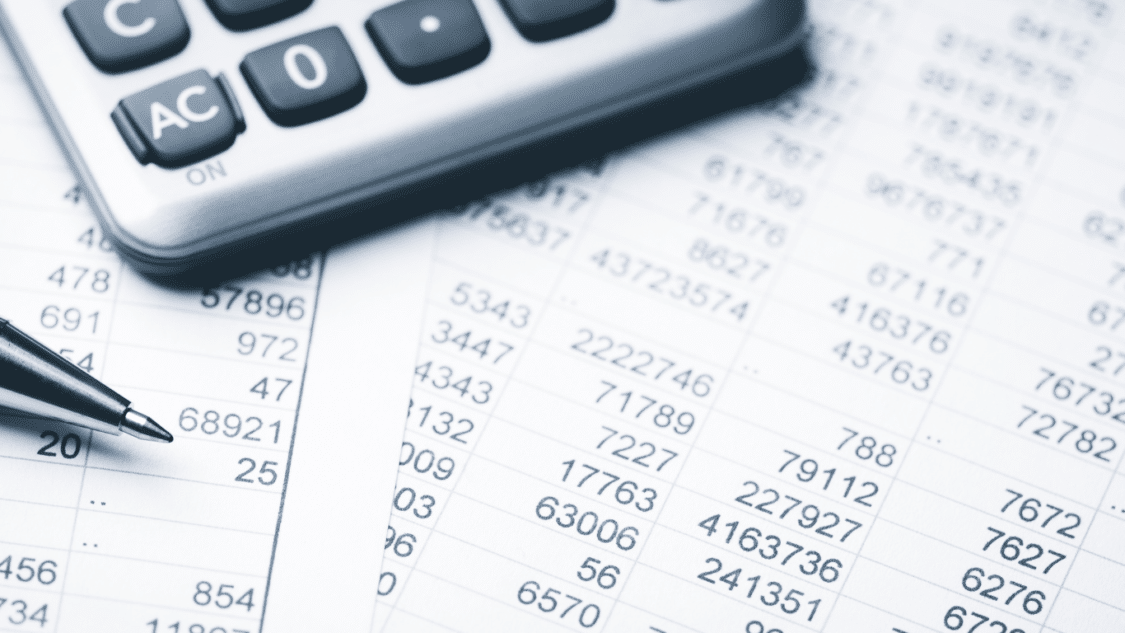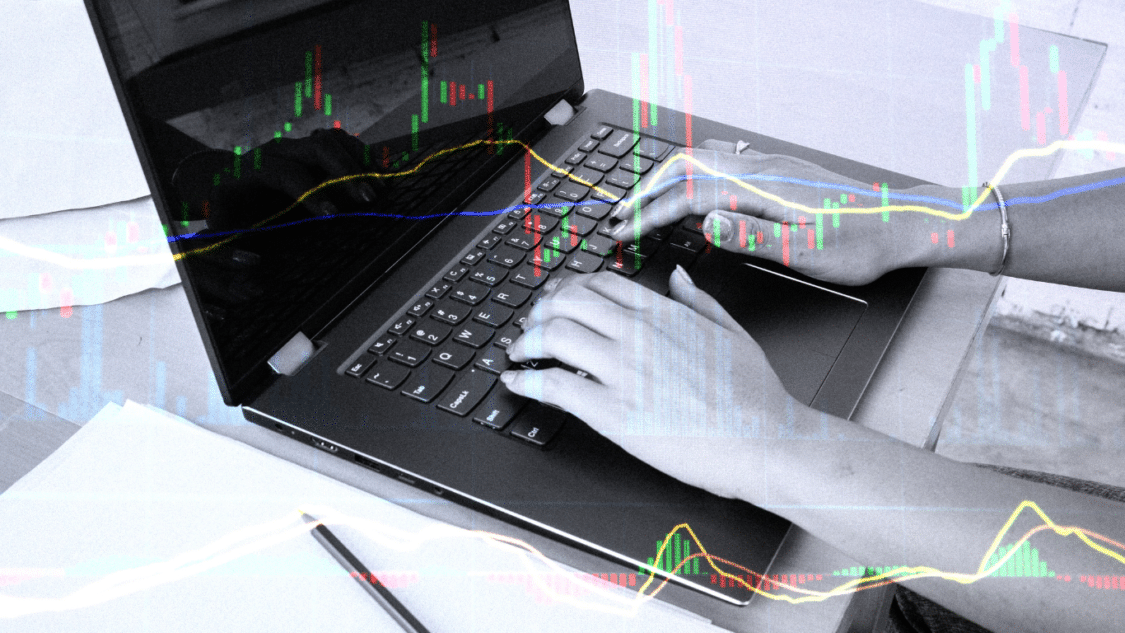Why is Position Sizing used in Trading Forex? This is a common question among traders, and the answer lies in the importance of risk management.
What is position size in trading?
Position size refers to the amount of capital a trader allocates to a specific trade.Trading comes with its fair share of risks, and position size is one way to help minimize the risks involved. No matter the size of your portfolio or the number of successful trades you make, proper risk management is a crucial step to exercise. One poorly thought-out trade can wipe out months or years of success.
The most important notion to remember when trading is to avoid making trades based on emotion. As financial risk takes a significant role in Trading, it is hard to keep emotions in check. However, for your emotions to not affect your trading decisions, you must have a set of rules to abide by.
In this article we will emphasize how to size positions for individual trades. To determine position size, we first need to see how big your trading account is. In addition, you need to determine how much you’re ready to risk on one trade.
Why is position size used in trading forex examples?
Account Size

Determining a trader’s account size may seem simple, but it is essential. As a beginner, it can help to section out different parts of your portfolio to different trading strategies. This can help you track the progress of the various strategies being used as well as reduce risks. Determining account size is simply a matter of looking at the available capital that you can assign to a specific trading strategy.
Account Risk
The following step in the process of why is position size used in trading involves account risk. Account risk is calculating the percentage of available capital you’re ready to risk on a trade. This is where the 2% rule comes in handy. According to the 2% rule, a trader shouldn’t risk more than 2% of their account on a single trade.

It is a common strategy used for investment styles and long-term positions. Furthermore, it is usually tailored to less volatile assets rather than cryptocurrencies. If you’re a more active trader, especially a beginner, being even more careful than this could save you a lot. For beginners, we can modify the rule to 1% instead of 2%, which means that you shouldn’t risk more than 1% in a single trade.
Trade Risk

As we discussed above, trading forex comes with risks. There’s no way to avoid it, and the one step we can take to minimize risk is proper management, a trading strategy along with a stop loss order. Every trader’s stop loss order differs based on their strategy and trading approach. You’ll have to decide which strategy works best for you and base your invalidation point on that.
Position sizing in crypto trading and position sizing in forex the same?
While position sizing principles are similar between crypto trading and forex trading, there are some key differences to consider.
One significant difference is the volatility of the crypto market compared to the forex market. Crypto prices can fluctuate rapidly and significantly, making it even more important to consider your position size and risk management strategy carefully. This means that you may need to adjust your position-sizing approach to account for the higher volatility of the crypto market.
Another difference is the availability of position size calculators and tools. While many forex trading platforms offer built-in position size calculators, the same may only be valid for some crypto trading platforms. Traders may need to use third-party calculators or manually calculate their position size based on their account balance, risk tolerance, and market conditions.
Similarities
Overall, position sizing principles remain the same for both crypto and forex trading. Traders should still aim to determine the appropriate position size based on their account balance, risk tolerance, and market conditions. However, it’s essential to know the crypto market’s unique characteristics and adjust your position sizing strategy accordingly.
In addition to these distinctions, some similarities exist between position sizing in crypto trading and forex trading. Both require careful consideration of risk management and the potential impact of losses on your trading account. Traders in both markets must also consider the potential rewards of trade and ensure that the potential gain is worth the risk.
Another similarity is the importance of a trading plan. Whether you’re trading crypto or forex, having a well-defined trading plan that includes position sizing guidelines can assist you in making profits and avoiding emotional trading decisions. A trading plan can also help you evaluate the effectiveness of your position sizing strategy and make adjustments as needed.
Whether you’re trading crypto or forex, proper position sizing is essential for success in the markets. By carefully considering your risk tolerance, account balance, and market conditions, you can determine the optimal position size for each trade and maximize your potential gains while minimizing your risk of loss.
Sizing Techniques How to calculate?
Now that we understand the basis of the question, who is position size used in trading. We can discuss what goes into calculating proper position sizing in trading. Let’s say our account balance is $6,000, and we’re going according to the 1% rule. This means that we’re willing to risk up to 1% on a single trade. Therefore the maximum we can lose on a trade is $60.
** Account Size x Account Risk / Invalidation Point = Position Size
**$6000 x 0.01 / 0.06 = $1000
You may be able to avoid a much more significant potential loss. To properly apply the position sizing method, you must also consider the fees you will be paying and potential slippage, especially if you’re trading a low liquidity instrument.
Avoiding Costly Position Sizing Mistakes in Forex Trading
After we all know what position sizing is in trading and after we discovered how to calculate them, let’s take a look at the common mistakes; unfortunately, many traders make when it comes to determining their position size and how to avoid them:
Mistake #1: Using Fixed Lot Sizes One of the biggest mistakes traders make with position sizing is using fixed lot sizes. This approach can be dangerous because it doesn’t consider the market’s volatility or the trader’s account balance. To avoid this mistake, traders should use a position size calculator to calculate their position size based on a percentage of their account balance.
Mistake #2: Failing to Adjust Position Size Based on Risk Another mistake traders make is failing to adjust their position size based on risk tolerance. A trader willing to take on more risk may want to increase their position size, while a more risk-averse trader should decrease their position size. Failure to adjust position size based on risk can result in significant losses.
Mistake #3: Ignoring Stop Loss Orders Stop loss orders are crucial risk management tools that can help limit losses. However, some traders ignore stop-loss orders and allow their failures to accumulate. This mistake can be avoided by setting realistic stop-loss levels and sticking to them.
Mistake #4: Overleveraging Leverage can be useful in Forex trading, but overleveraging can lead to significant losses. Traders who use too much leverage may be unable to cover their losses, leading to account blowouts. To avoid this mistake, traders should use leverage cautiously and never risk more than they can afford to lose.
Tips for Success
To further improve your position sizing strategy, consider implementing the following tips:
- Keep a trading journal: Tracking your trades in a journal can help you identify patterns in your trading and evaluate the effectiveness of your position sizing strategy. Reviewing your journal regularly can also help you identify and correct any mistakes.
- Use a position size calculator: Position size calculators can help you determine the optimal position size based on your fund balance, risk toleration, and other factors. Many trading platforms offer built-in position size calculators, or you can use a third-party calculator.
- Diversify your portfolio: Diversifying your portfolio can assist you in spreading out your risk and minimising the impact of losses on your overall trading account. Consider trading multiple currency pairs or using different strategies to diversify your portfolio.
- Practice proper risk management: Position sizing is just one aspect of risk management in Forex trading. To protect your account from significant losses, it’s essential also to use stop-loss orders, manage your leverage, and avoid emotional trading.
By following these additional tips, you can improve your overall Forex trading strategy and increase your chances of success.
Conclusion:
The method for correctly calculating position sizing when trading is not arbitrary. Before entering a trade or trading stocks, analyzing account risk and examining where the trade idea is invalidated is essential. The next step is to put this method to the test and avoid some losses in trading.
For more news updates, visit our homepage now and see our latest news article. Want to learn more about trading? Visit our education page now and learn for FREE!
Stock Value and Price(Opens in a new browser tab)
Trading Strategy(Opens in a new browser tab)
Forex Trading – 5 steps to succeed:(Opens in a new browser tab)

